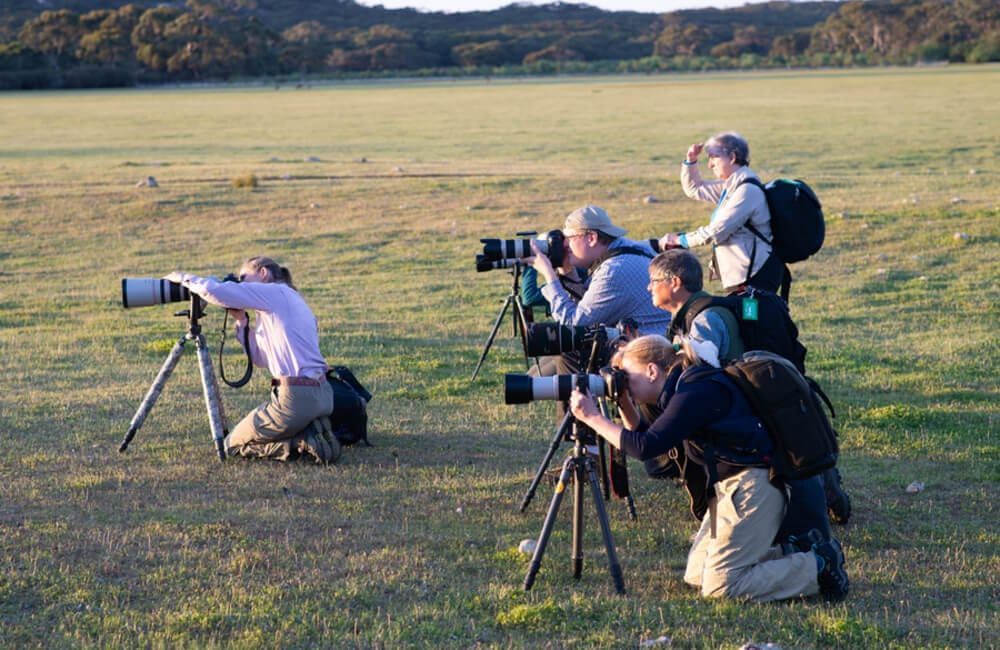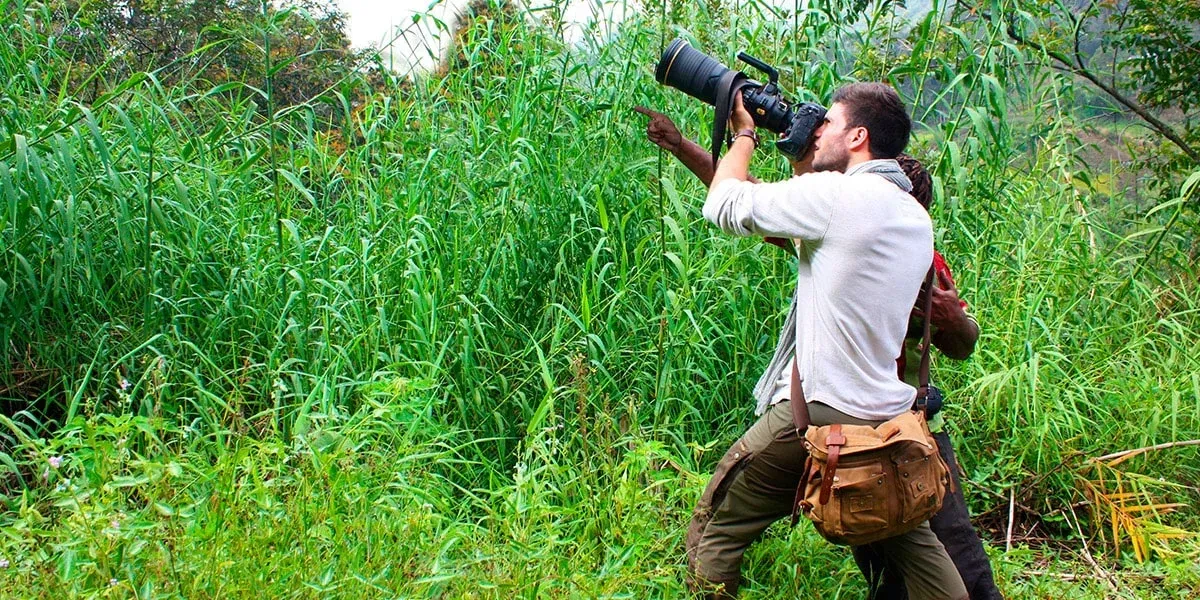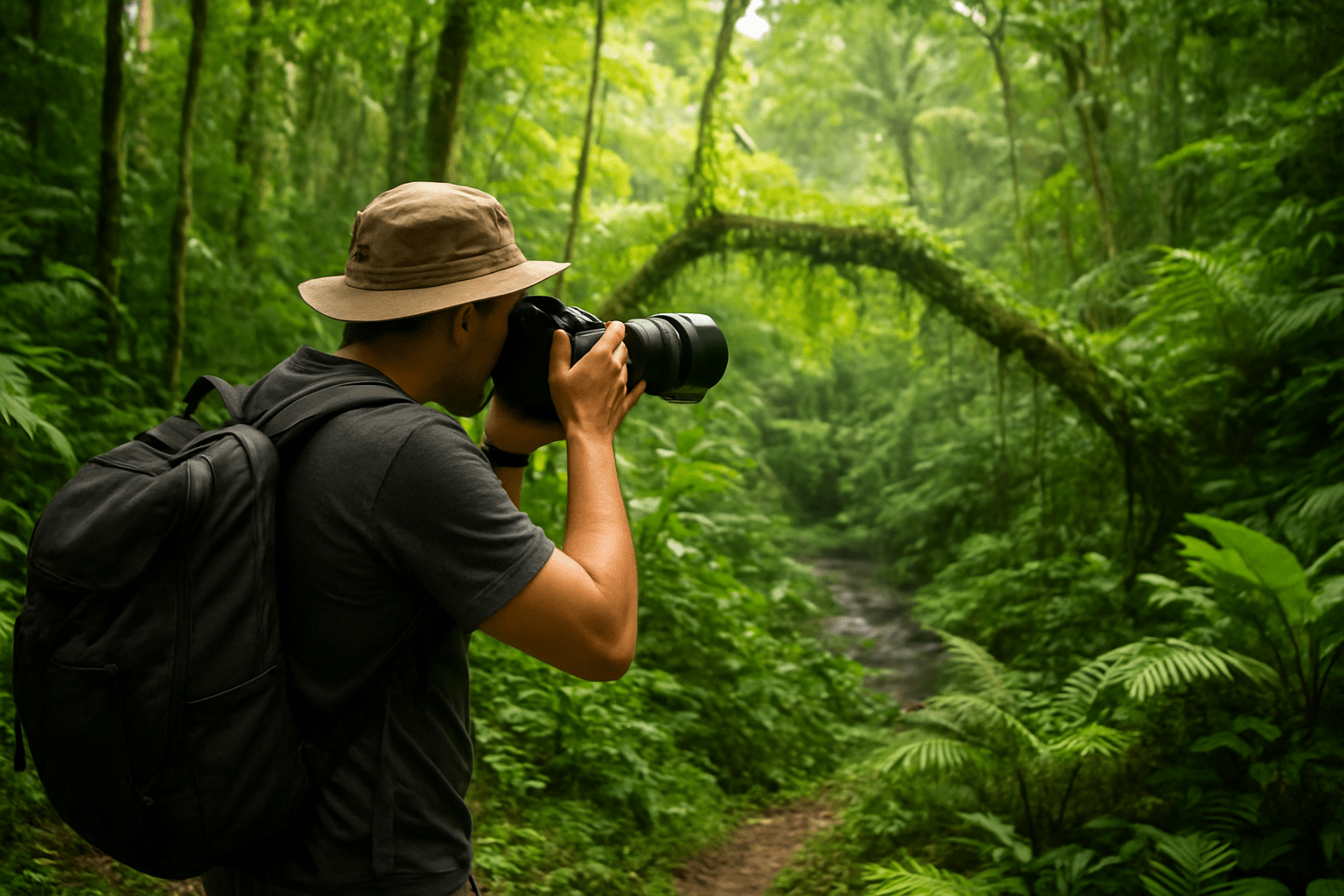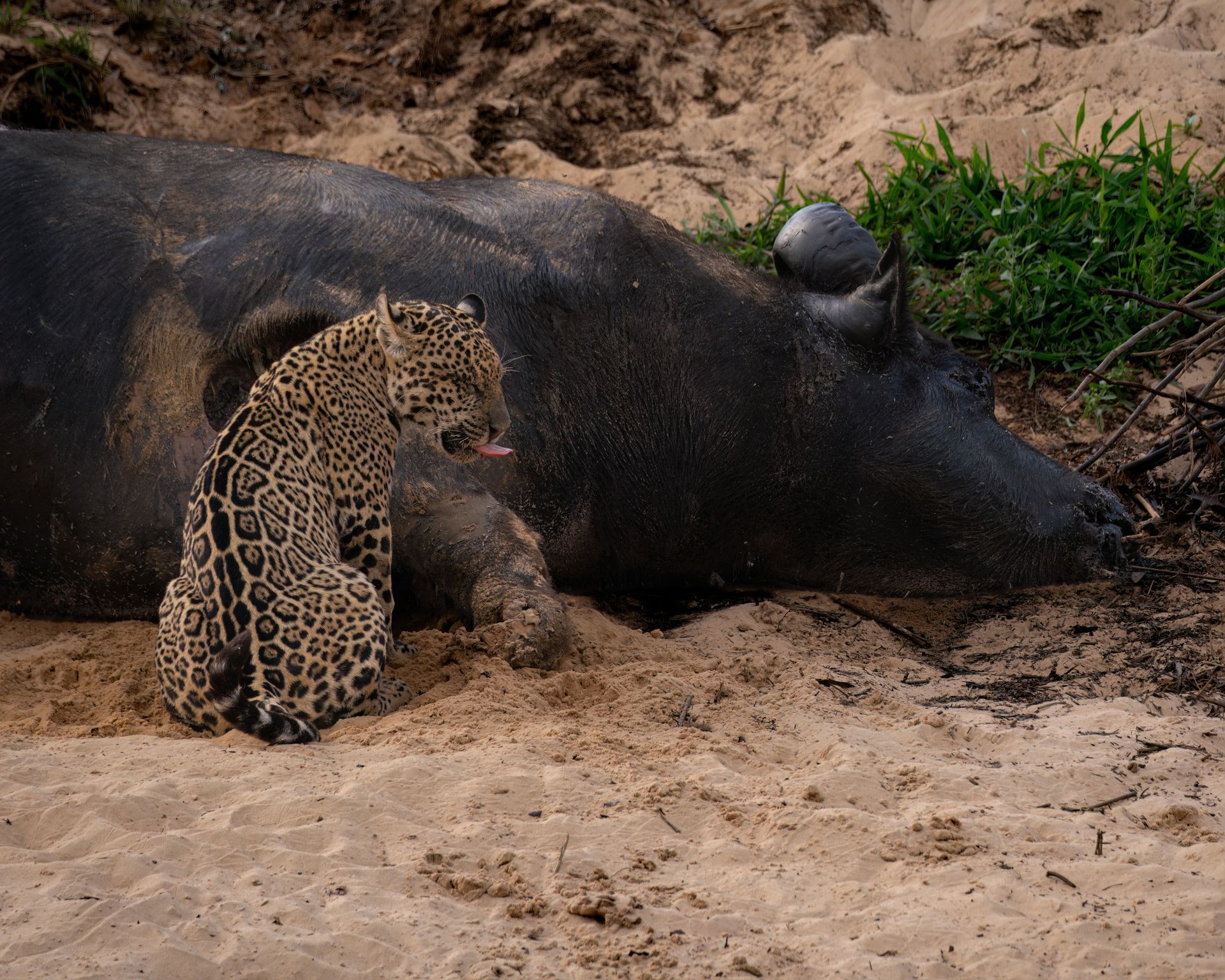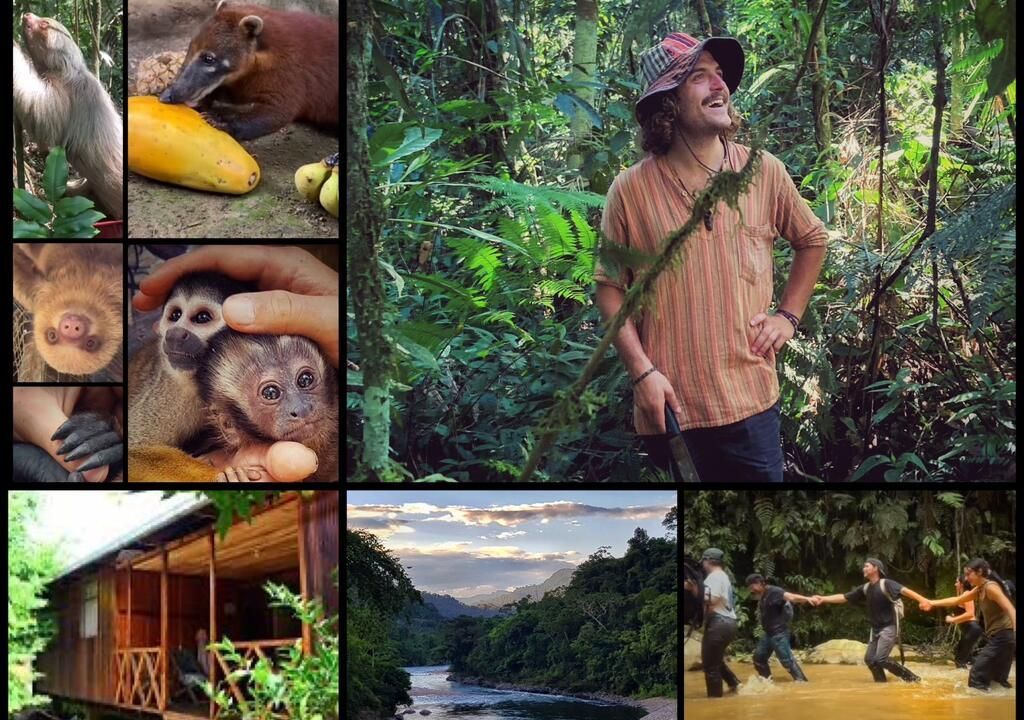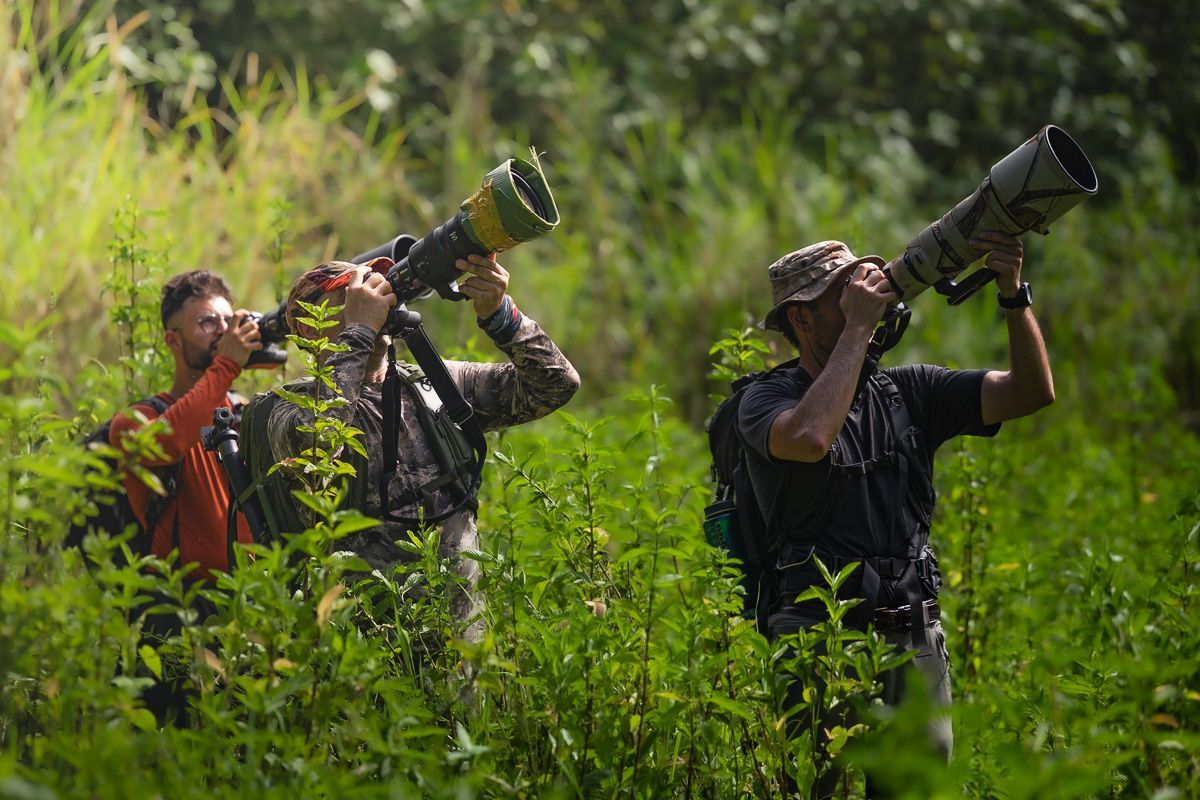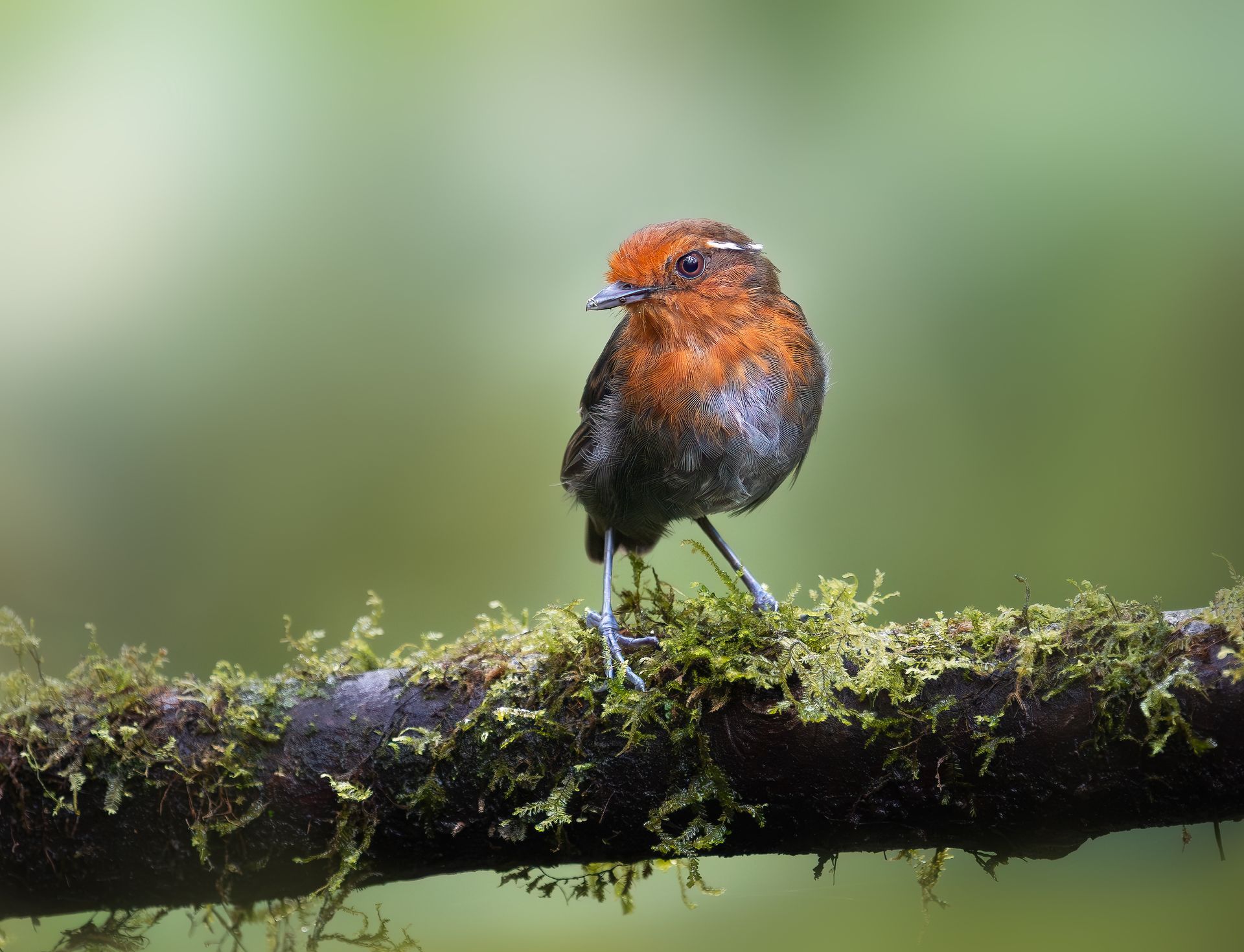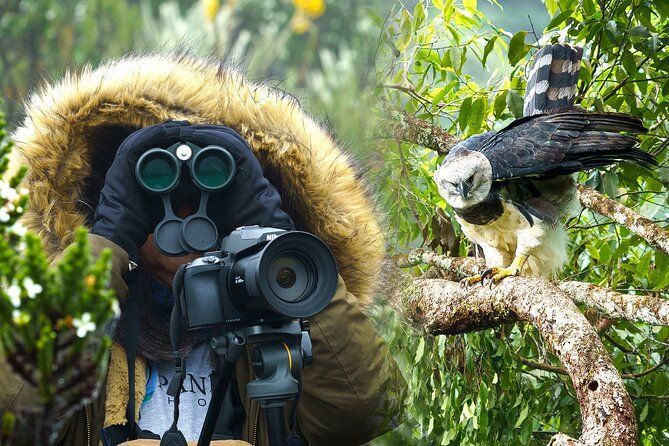Bird Photography Tours vs. Birding Tours: What’s the Difference?
This is a subtitle for your new post
Birding in South America offers some of the most incredible wildlife experiences on the planet, with thousands of species ranging from vibrant parrots and toucans to tiny hummingbirds and elusive raptors. For those looking to explore this avian paradise, there are two main types of tours available: bird photography tours and traditional birding tours. While both focus on observing birds, they have very different goals, approaches, and requirements. Understanding the differences is essential for choosing the right type of experience for your interests and skill level.
At Retorno Photo Tours, we specialize in tailored experiences for both types of travelers. Whether your goal is to capture stunning images or simply observe and enjoy birds in their natural habitats, understanding what each tour offers will help you get the most out of your adventure.
1. Purpose and Focus
The primary difference between bird photography tours and birding tours lies in the purpose of the trip. Birding tours, also called birdwatching tours, are designed primarily for observing and identifying birds. Participants focus on spotting as many species as possible, learning their behaviors, and enjoying the experience of being in nature. The emphasis is on quantity of sightings, variety, and species knowledge.
Bird photography tours, on the other hand, prioritize capturing high-quality images of birds. The focus is not on seeing the most species but on photographing them in the best possible light, behavior, and habitat. These tours require more patience, careful planning, and understanding of photography techniques, including lighting, composition, and camera settings.
2. Daily Schedule Differences
Birding tours and photography tours differ significantly in their daily schedules. Birding tours are usually structured around peak bird activity, with early morning and late afternoon excursions to maximize sightings. Observers often move quickly between locations to see as many species as possible.
Photography tours, in contrast, include longer periods at specific locations. Photographers may spend hours near a single perch, feeding area, or water source to capture birds’ behaviors, plumage details, or flight patterns. Timing is planned around lighting conditions as much as bird activity, with dawn and dusk being critical for achieving ideal natural light.
3. Required Equipment
Birding tours typically require minimal equipment beyond binoculars, a field guide, and comfortable outdoor clothing. Many participants bring small spotting scopes for distant birds but do not require cameras or technical gear.
Bird photography tours demand significant preparation and specialized equipment. Essential items include telephoto lenses (often 100-500mm or more), tripods or monopods, camera bodies with fast autofocus, spare batteries, memory cards, and protective gear for wet or humid conditions. Photographers must also be familiar with their cameras and lenses to quickly adjust to changing conditions in the field.
4. Skills and Knowledge
While both types of tours benefit from a basic understanding of bird behavior and habitats, photography tours require additional technical skills. Photographers need to understand exposure, shutter speed, ISO, aperture, depth of field, and composition. Birding tours, in contrast, emphasize identification skills, such as recognizing calls, plumage variations, and field marks.
5. Pace and Patience
The pace on birding tours is often faster, with guides moving participants between habitats to maximize species counts. Photography tours require patience, as photographers may spend extended periods waiting for the perfect moment. For example, capturing a hummingbird feeding or a raptor in flight can require hours of observation and readiness.
6. Interaction with Birds
Birding tours encourage observation without disturbing the birds. Photographers must also maintain ethical distance, but the goal of photography often involves positioning themselves strategically to capture behavior and detail. This may include using blinds, hides, or carefully chosen vantage points. Both types of tours prioritize responsible wildlife interaction.
7. Group Size and Guide Expertise
Photography tours typically have smaller group sizes to minimize distractions and allow for personalized instruction. Guides are often professional photographers themselves, providing tips on composition, lighting, and technique. Birding tours may accommodate larger groups, with guides focusing on species spotting, identification, and field notes rather than photography advice.
8. Locations and Accessibility
Birding tours may cover a wide range of habitats in a single day, often moving between wetlands, forests, and savannas to maximize sightings. Photography tours may select fewer locations but spend more time at each, choosing sites with ideal lighting, backgrounds, and opportunities for photographic composition.
9. Weather and Lighting Considerations
For birding tours, weather is mainly a comfort factor, as participants will observe birds regardless of lighting. Photography tours require careful attention to lighting conditions. Soft morning or evening light enhances plumage colors and reduces harsh shadows, whereas midday light can be challenging. Rain, mist, and fog can create mood and atmosphere but also complicate photography.
10. Post-Tour Benefits
After a birding tour, participants gain extensive knowledge of local species, bird behaviors, and habitats. Photography tours provide a portfolio of images, technical skills, and often post-processing guidance. Both experiences are valuable, but photography tours add an artistic dimension to the learning process.
11. Cost Differences
Photography tours are usually more expensive due to the need for specialized guides, equipment considerations, and smaller group sizes. Birding tours may be more affordable, making them accessible to a broader range of participants. When planning a trip, budget considerations play a role in choosing the type of tour.
12. Emotional and Experiential Highlights
Both tours offer emotional rewards. Birding tours provide excitement in spotting rare species, hearing unique calls, and experiencing nature with fellow enthusiasts. Photography tours add the thrill of capturing perfect images, mastering technique, and creating lasting visual memories. Both deepen your connection to birds and their environments.
13. Choosing the Right Tour for You
When deciding between a birding tour and a bird photography tour, consider your goals, equipment, skill level, and patience. If your primary goal is species identification and enjoyment of bird diversity, a birding tour is ideal. If your goal is to capture high-quality images and learn photography skills, a photography tour is the better choice.
14. Preparing for Your Tour
For both types of tours, preparation is key. Birders should bring field guides, binoculars, notebooks, and comfortable clothing. Photographers should prepare cameras, lenses, memory cards, batteries, and protective gear. Understanding the local climate, terrain, and bird species enhances the overall experience.
15. Combining Both Experiences
Some travelers choose to combine both approaches, joining photography tours while also learning bird identification. This hybrid approach allows participants to maximize sightings, improve photography skills, and gain comprehensive knowledge about the birds they encounter.
16. Conclusion
Bird photography tours and birding tours both provide extraordinary opportunities to explore South America’s avian diversity. While birding tours focus on observation, identification, and enjoyment of species diversity, photography tours emphasize capturing images, technical skill, and artistic expression. Understanding the differences ensures you select the tour that matches your interests, equipment, and goals.
Whether your goal is to photograph a resplendent macaw in flight, witness a hummingbird feeding, or identify dozens of species in a single morning, both tour types offer unique rewards. With proper preparation, guidance, and patience, your South American birding adventure will be an unforgettable experience.
By choosing the right tour, bringing the appropriate equipment, and embracing the challenges and joys of observing and photographing birds, you can make the most of your time in one of the most biodiverse continents on Earth. Both experiences enrich your understanding, skills, and appreciation for avian life, leaving you with lifelong memories and perhaps even a stunning portfolio of bird images.



